Our land and sky, the whole war zone, are of one mind
At dawn, we set off. The road through De Pass connecting Tan Trao with Dinh Hoa has just been renovated and is beautiful, with dense forests on both sides, just like when Uncle Ho returned to lead the Resistance War against the French. Occasionally, amidst the vast green of the trees and leaves, the bright yellow of the Bioóc Ma and Lim Vang flowers stands out, very pleasing to the eye. A colleague exclaimed, “ATK is so beautiful.” I think, in the past, when Uncle Ho and the Party Central Committee and the Government returned to Tuyen Quang and Thai Nguyen to lead the Resistance War against the French, when traveling along this road, he must have exclaimed the same thing.
Offering incense to commemorate Uncle Ho at the Monument where the Vietnam Journalists Association was founded, Roong Khoa village, Diem Mac, Dinh Hoa, Thai Nguyen.
Arriving in Dinh Hoa, we saw our colleagues from Thai Nguyen Newspaper waiting for us. We offered incense to commemorate Uncle Ho, then visited the site where the Vietnam Journalists Association was founded in Roong Khoa, Diem Mac commune.
Here, on April 21, 1950, the Association of Journalists (now the Vietnam Journalists Association) was officially established, with its headquarters in a simple thatched house set among cool green tea gardens and simple roofs. Since those days, our Party has identified journalism as an important front in the field of culture and ideology, and each journalist is a soldier. In particular, the outstanding leaders of our Party are all journalists, typically President Ho Chi Minh, then comrades: Truong Chinh, Pham Van Dong, Xuan Thuy, Vo Nguyen Giap... all of whom are masters of writing. Therefore, the Vietnam Journalists Association is one of the earliest political - social - professional associations.
Leaders of Tuyen Quang Newspaper and Thai Nguyen Newspaper visited the national historical site where the Vietnam Journalists Association was founded.
Thai Nguyen colleagues said that on August 23, 2004, the Ministry of Culture and Information issued Decision No. 74/2004/QD-BVHTT ranking this place as a national historical relic. The relic has become a regular destination for the national press.
Together we lit incense at Uncle Ho's statue, praying that he and senior journalists would bless the country's revolutionary press to develop further, contributing positively to the country's development in the new era.
Leaving Roong Khoa, we headed towards Dai Tu - where Huynh Thuc Khang Journalism School was established in April 1949.
Red address of Vietnam revolutionary press
Editor-in-Chief of Thai Nguyen Newspaper Nguyen Ngoc Son shared that Huynh Thuc Khang Journalism School was established under the direction of President Ho Chi Minh, the Viet Minh General Department and the Resistance Press Corps. This was the first journalism training facility of the Vietnamese revolutionary press and also the only training facility during the resistance war against French colonialism in our country.
Journalists from Tuyen Quang Newspaper visited the Huynh Thuc Khang Journalism School Relic.
The reason Uncle Ho chose to name the school after Mr. Huynh Thuc Khang was because he was a patriotic scholar whom he respected very much because of his "extensive education, strong will, and high morality". At the same time, he was also a great man of courage and exemplary character in the patriotic press movement, founding the newspaper Tieng Dan in 1927 to educate and promote patriotism, calling for solidarity to serve the Fatherland.
The Huynh Thuc Khang Journalism School relic, inaugurated last year, is one of the first activities in a series of activities towards the 100th anniversary of Vietnam Revolutionary Press Day and the 75th anniversary of the founding of the Vietnam Journalists Association (April 21, 1950 - April 21, 2025).
Leaders of Tuyen Quang Newspaper and Thai Nguyen Newspaper visited the Museum.
Located in a beautiful location in the middle of Nui Coc Lake tourist area, the Relic is a convenient destination for generations of journalists across the country, also proving the great dedication of the Vietnam Journalists Association. It is said that the leaders of the Central Association and journalist Phan Huu Minh - former Editor-in-Chief of Thai Nguyen Newspaper, former Standing Committee member, Head of the Central Inspection Committee of the Association traveled many times between Hanoi and Thai Nguyen so that this Relic could be started and completed in a spacious and majestic manner as it is today.
In the thatched house that simulated the journalism class of that day, we met the big names of Vietnamese journalism and culture during the anti-French period. The school was directed by journalist Do Duc Duc, Deputy Secretary of the Viet Minh General Department, editor-in-chief of Thanh Nghi and Doc Lap newspapers; journalist Xuan Thuy, Standing Member of the Standing Committee of the Viet Minh General Department, editor-in-chief of Cuu Quoc Newspaper, was deputy director; journalists Nhu Phong, Do Phon, and Tu Mo were members of the board of directors.
Comrade Truong Chinh, at that time editor of the Truth newspaper, political leader of the Marxist Research Association in Dong Duong, taught editorial and commentary.
Comrade Vo Nguyen Giap was then Commander-in-Chief of the Vietnamese National Army, editor of the Tiếng Dân and Le Travail newspapers, and taught War Reportage and Chronicles.
Comrade Hoang Quoc Viet, Secretary of the Viet Minh General Department, editor of the Cuu Quoc newspaper, taught Politics.
Comrade Le Quang Dao, Head of the Propaganda Department of the Marxist Research Association in Indochina, editor of the Cuu Quoc Newspaper during the secret period, taught the course Revolutionary Path.
Director Do Duc Duc teaches History and Journalism Theory. Deputy Director Xuan Thuy teaches Revolutionary Path and Journalism Experience.
Comrade To Huu, member of the Executive Committee of the Vietnam Literature and Arts Association, taught Politics. Comrade Tran Huy Lieu, member of the Executive Committee of the Vietnam Cultural Association, taught Pen Warfare and History.
The class was also taught by artists Nguyen Dinh Thi, Xuan Dieu, Nguyen Huy Tuong, Nam Cao, Tu Mo, Do Phon, Nguyen Xuan Khoat, The Lu, Nguyen Tuan in subjects such as satirical reportage, theater, drama, poetry, novels, music, issues of administration and publication, health journalism skills, etc.
Looking at the names of the subjects and lecturers of the journalism class that day, we deeply understood Uncle Ho's great vision of revolutionary journalism.
Each exhibition room in the Museum is associated with a poem.
With this teaching force, the Huynh Thuc Khang journalism class, although only lasting three months, has trained 42 students to become excellent journalists, key writers, with many contributions to the cause of resistance war and national construction and the building of the country's press.
During this time, Uncle Ho sent two letters of encouragement and guidance on journalism to the students. He advised: "This is the first journalism class. I hope you will compete to study and practice to be worthy pioneers on the journalism front. The press must also carry out the slogan: All for victory!".
Comrade Truong Chinh wrote in June 1949: "The first course of Huynh Thuc Khang school is a very good experiment. I believe that after learning from the experience of this course, the Viet Minh General Association will be more successful in training cadres to fight the enemy with their pens and guide public opinion."
Miniature Museum of Viet Bac Journalism
Within the relic site, there is a stilt house of about 80 square meters, which is a miniature museum displaying the Viet Bac war zone press during the period 1946-1954. This is a replica of the stilt house of the Viet Minh Headquarters, which directly directed the resistance press activities and was also the place where the Vietnam Journalists Association was established in 1950 in Roong Khoa, Dinh Hoa.
Recalling last year, when Director of the Vietnam Press Museum Tran Thi Kim Hoa came to Tuyen Quang to collect artifacts, we witnessed the dedication of the people working in the press museum. So the images and artifacts in this small stilt house showed the bustling activities on the literary, ideological, and press fronts during the 9 years of resistance war in Viet Bac. I don't know if the people working in the museum are poetry lovers, but each display room has its own theme, based on the verses about Viet Bac: The reputation of Viet Bac is famous for thousands of years, Our land and sky are united in the whole war zone, The rocks are worn but the heart is not worn, Looking towards Viet Bac to nurture a strong will... It seems very convincing, very poetic and full of identity.
The Tuyen Quang newspaper printing machine from the 1950s at the Press Museum in the Huynh Thuc Khang Journalism School relic site.
Right at the solemn display location, Tuyen Quang Press was honored to contribute an artifact, a newspaper printing machine from the 1950s. The "path" of this artifact to here is also a long story. The thing is, when the Vietnam Press Museum raised the issue of the artifact, the keeper of the artifact asked for the opinion of the province - because it was a State asset, handed over to the management unit (even though it had expired). The province assigned the Department of Culture to handle it. But when hearing an officer of the Department, after seeing the big, clumsy printing machine, say that he would bring the machine to the museum, but probably leave it outdoors because the museum had not yet arranged a place to display it, the director of Tuyen Quang Printing Enterprise - also a journalist - immediately refused to hand over the machine. He believed that the printing machine had its own values and should be properly recognized. And finally, the big, clumsy machine was handed over to the Vietnam Press Museum. Last April, Museum Director Tran Thi Kim Hoa "brought" the machine to the stilt house in this relic site on the occasion of the inauguration of the relic site.
Comrade Mai Duc Thong, Member of the Provincial Party Executive Committee, Editor-in-Chief of Tuyen Quang Newspaper, Chairman of the Provincial Journalists Association presented artifacts to the Press Museum.
Here, Editor-in-Chief, Chairman of the Tuyen Quang Journalists Association Mai Duc Thong presented the Museum with some more artifacts of Tuyen Quang journalism such as the publication Ha Tuyen Front - a newspaper published during the difficult days of the fight to protect the northern border and some other publications. Sharing his feelings when visiting the relics, he said that every journalist who comes here will have a deeper understanding of the role and tasks of revolutionary journalism; thereby equipping himself with more theoretical and professional knowledge to do the job.
Looking at the relic site, we understand the intention of the leaders of the Vietnam Journalists Association to coordinate with the authorities to put the Huynh Thuc Khang Journalism School relic site into the list of tourist attractions of the "Windy Capital" - including Tuyen Quang - which has now come true.
In just a few days, representatives of Journalists Associations from across the country will come here, before returning to Hanoi to attend the 75th anniversary celebration of the Vietnam Journalists Association.
In the urgent process of streamlining the entire country's apparatus, press agencies will become more refined and stronger. Following Uncle Ho's teachings and following the example of more than forty journalists from the Huynh Thuc Khang Journalism School 75 years ago, journalists today have been, are and will strive to innovate and be creative, worthy of being the vanguard soldiers on the ideological front of the Party and State, and friends of the People.
Source: https://baotuyenquang.com.vn/dia-chi-do-cua-bao-chi-cach-mang-viet-nam-210212.html


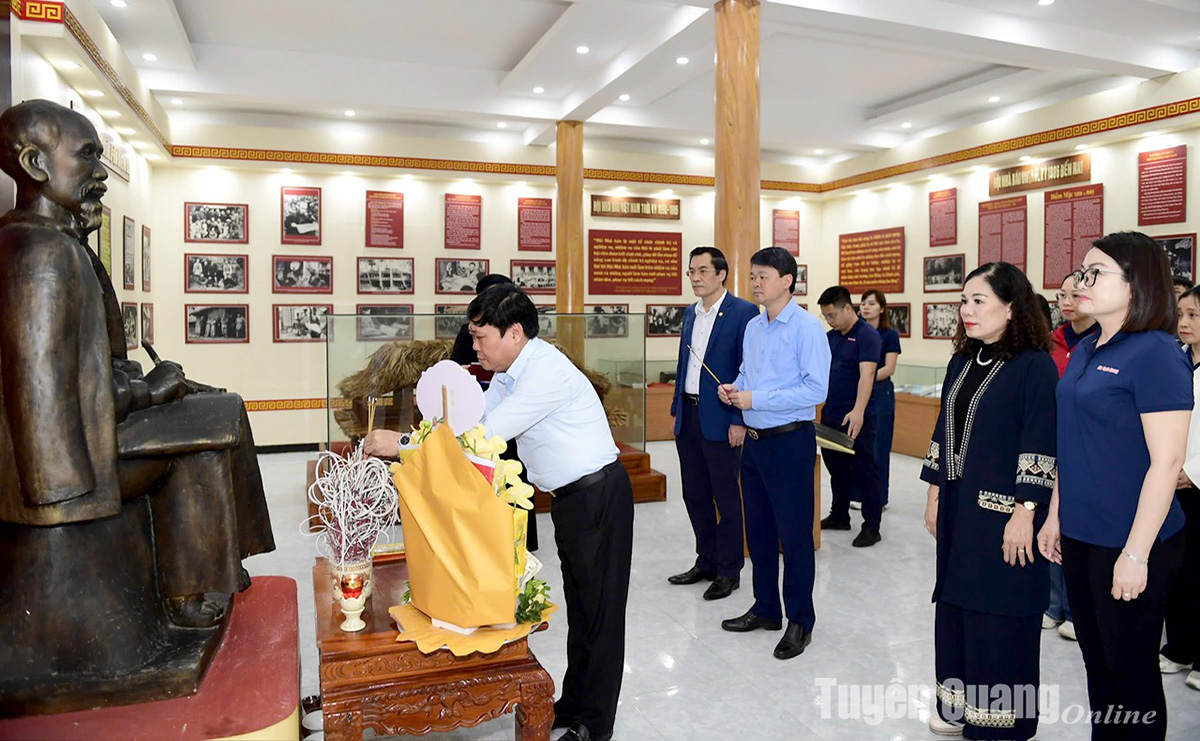
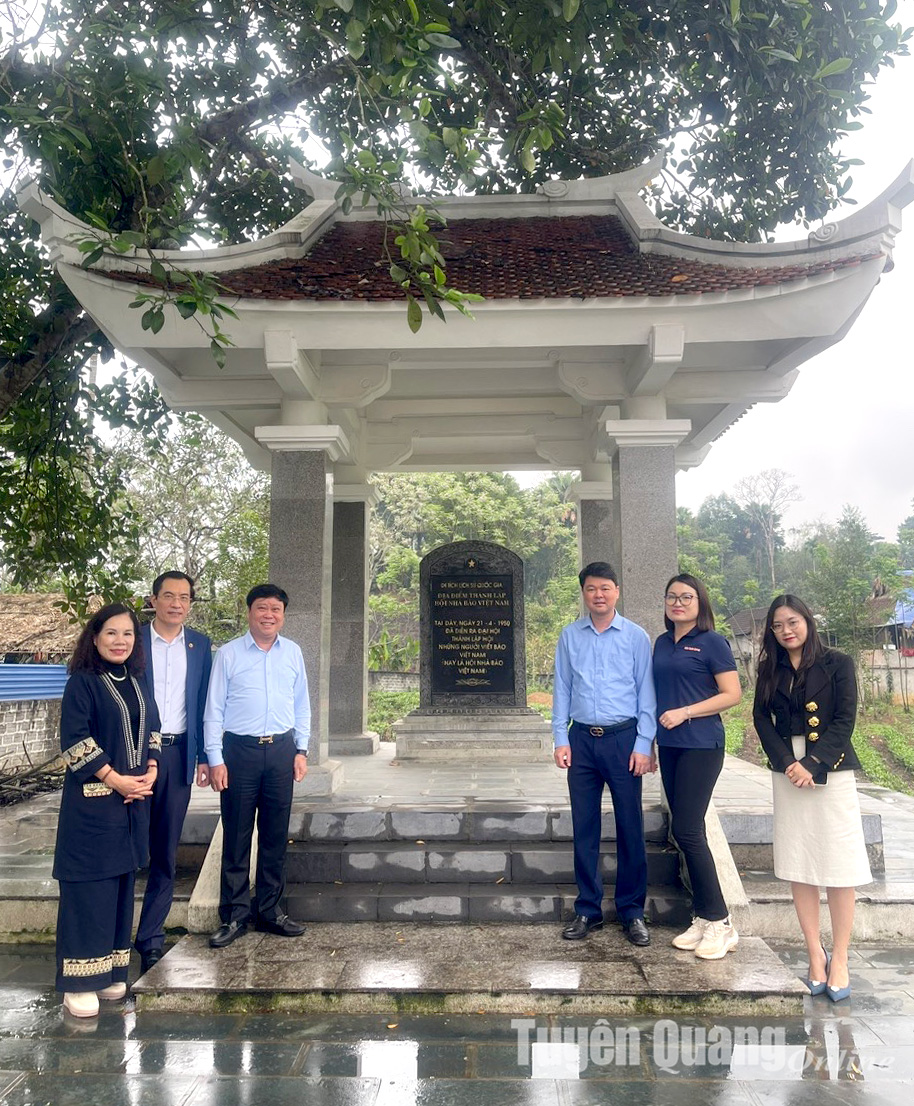
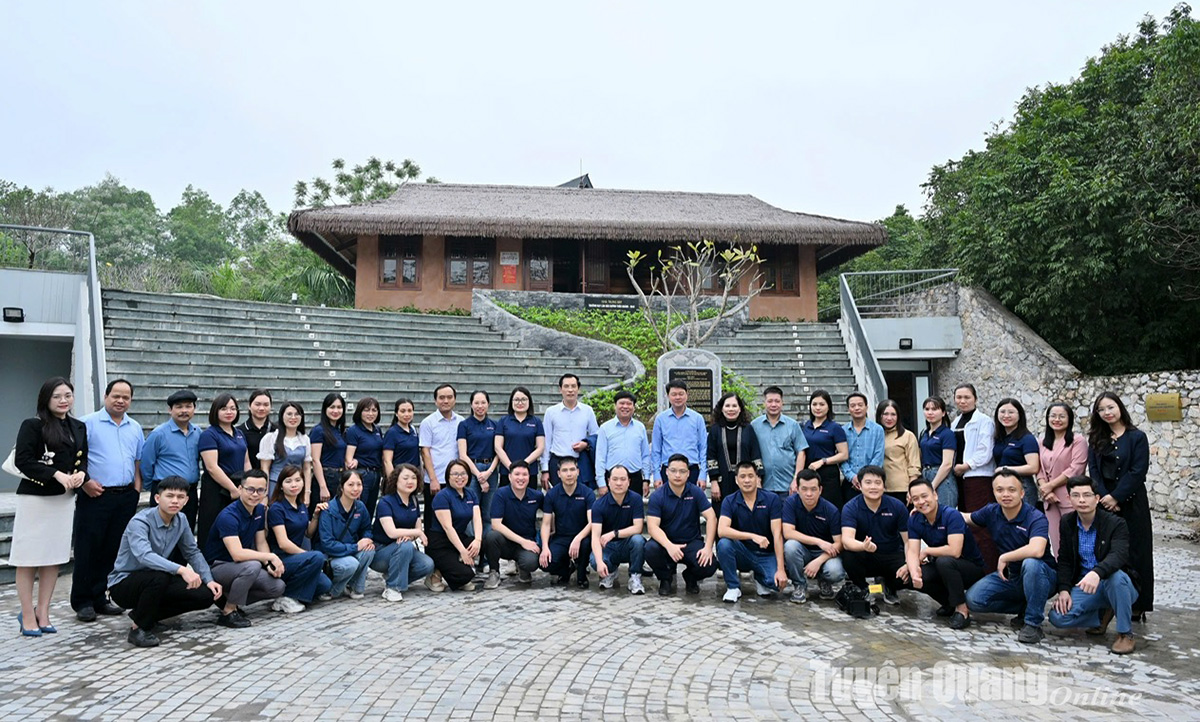
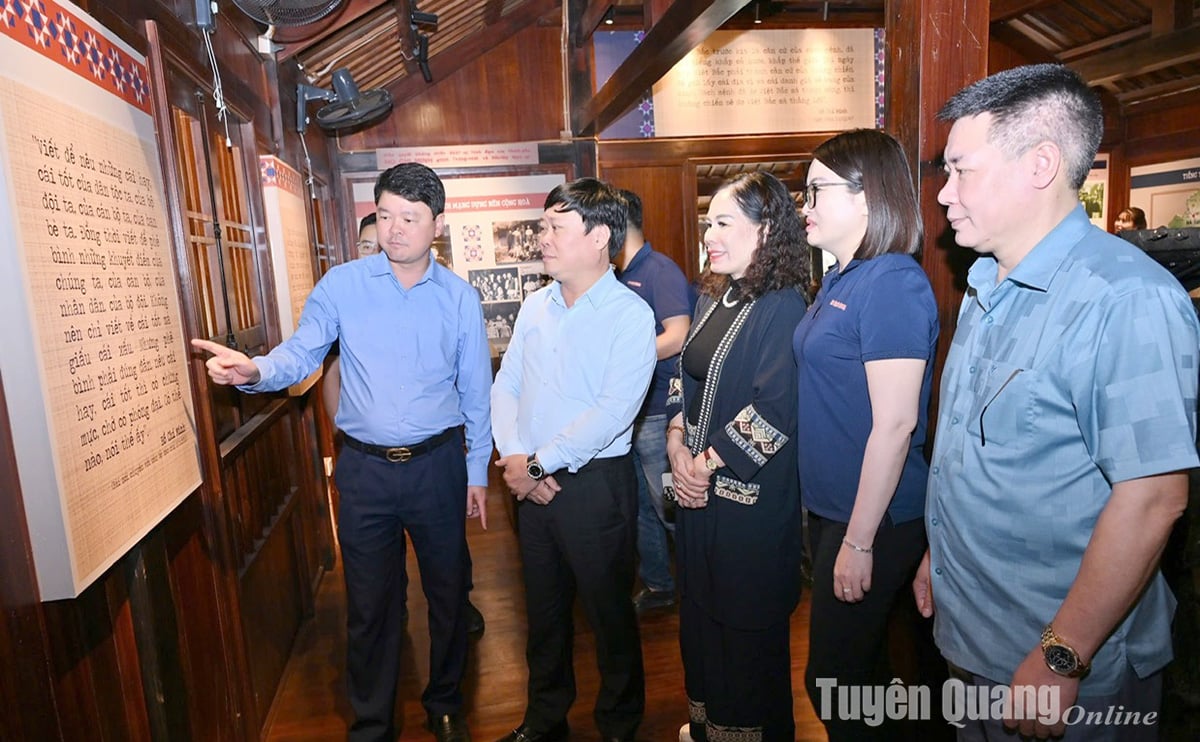
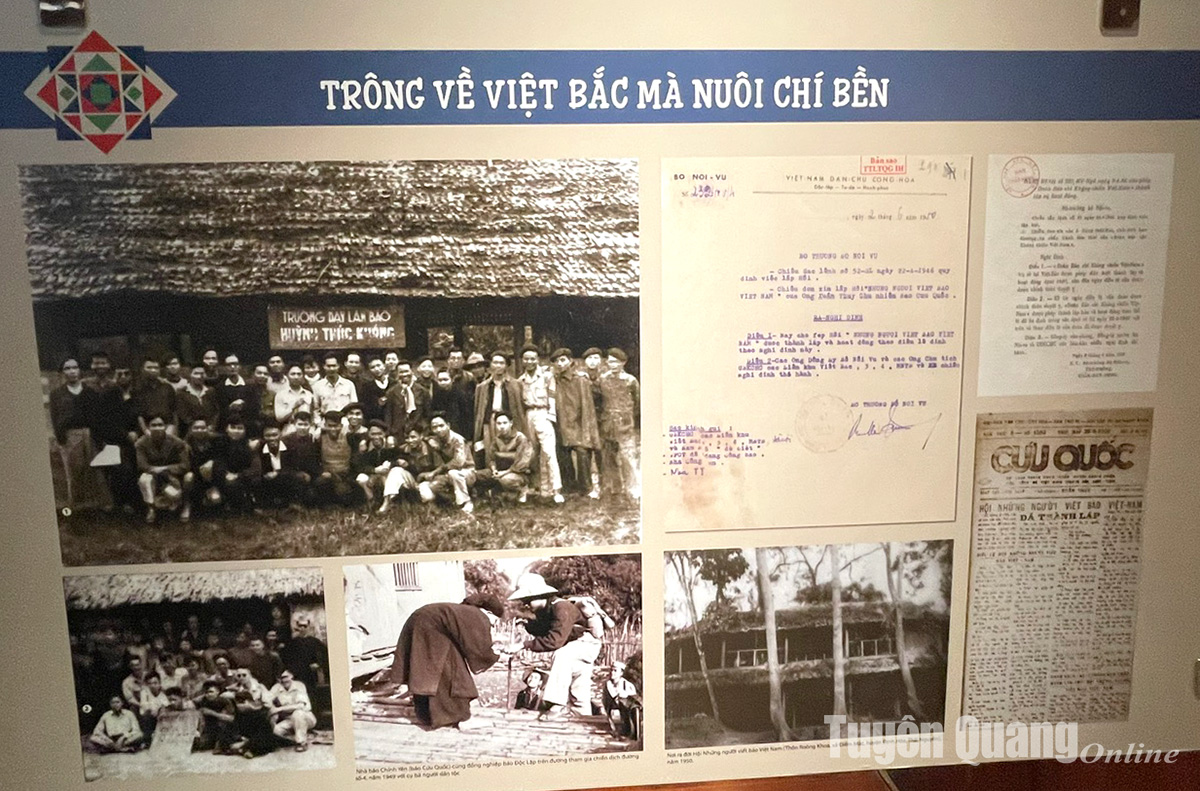
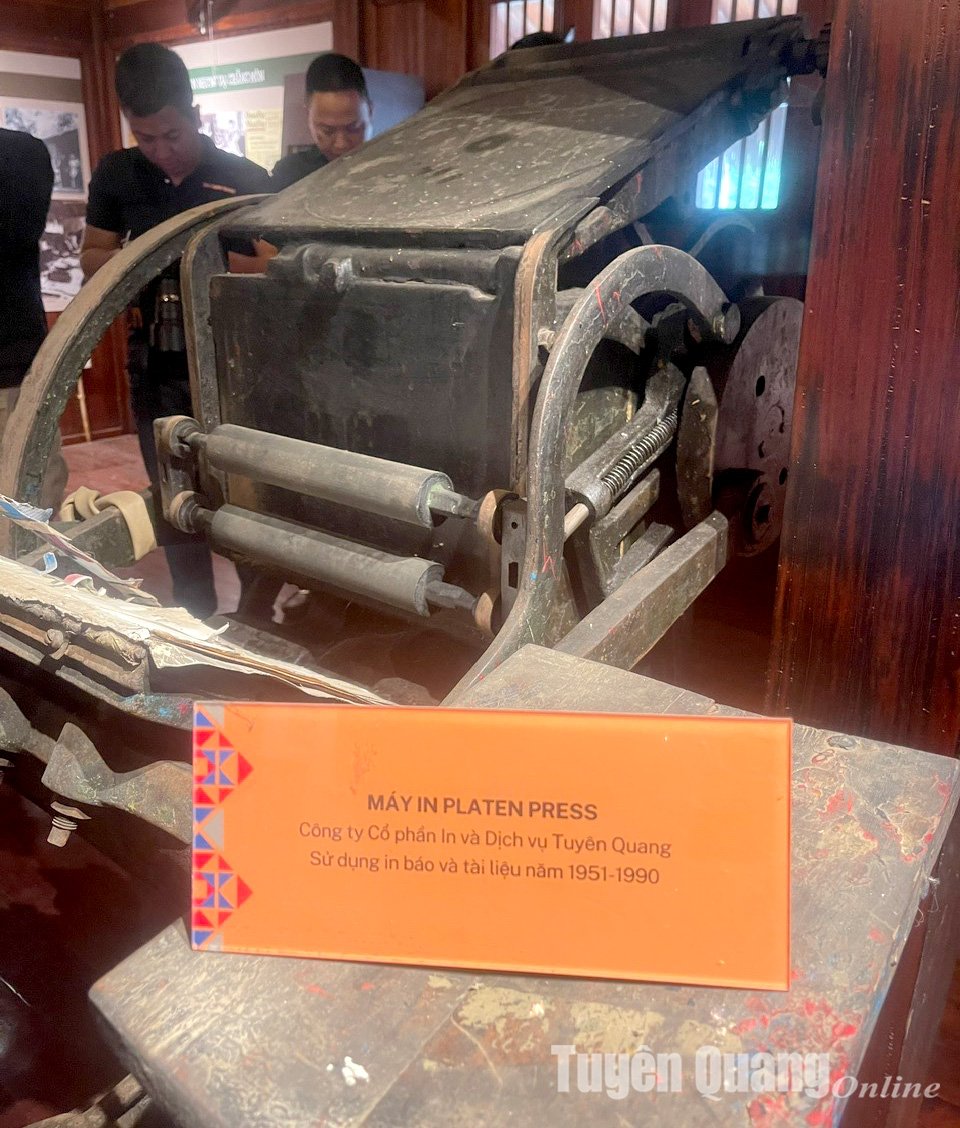
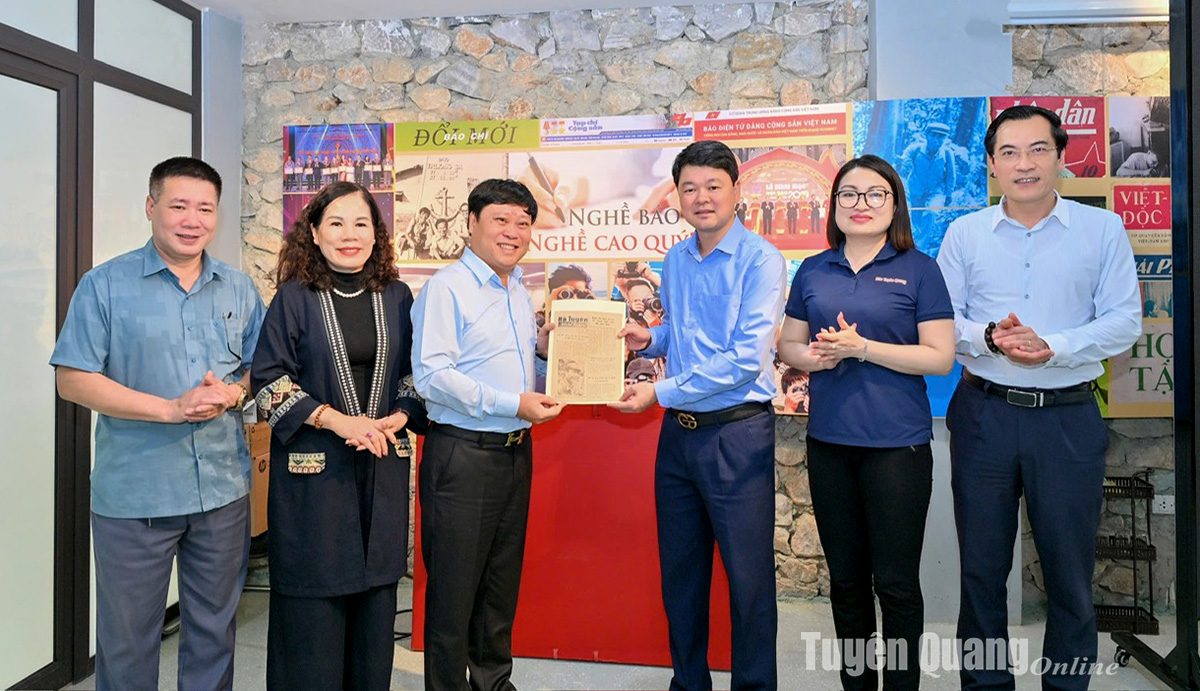
![[Photo] The moment Harry Kane lifted the Bundesliga trophy for the first time](https://vphoto.vietnam.vn/thumb/1200x675/vietnam/resource/IMAGE/2025/5/11/68e4a433c079457b9e84dd4b9fa694fe)
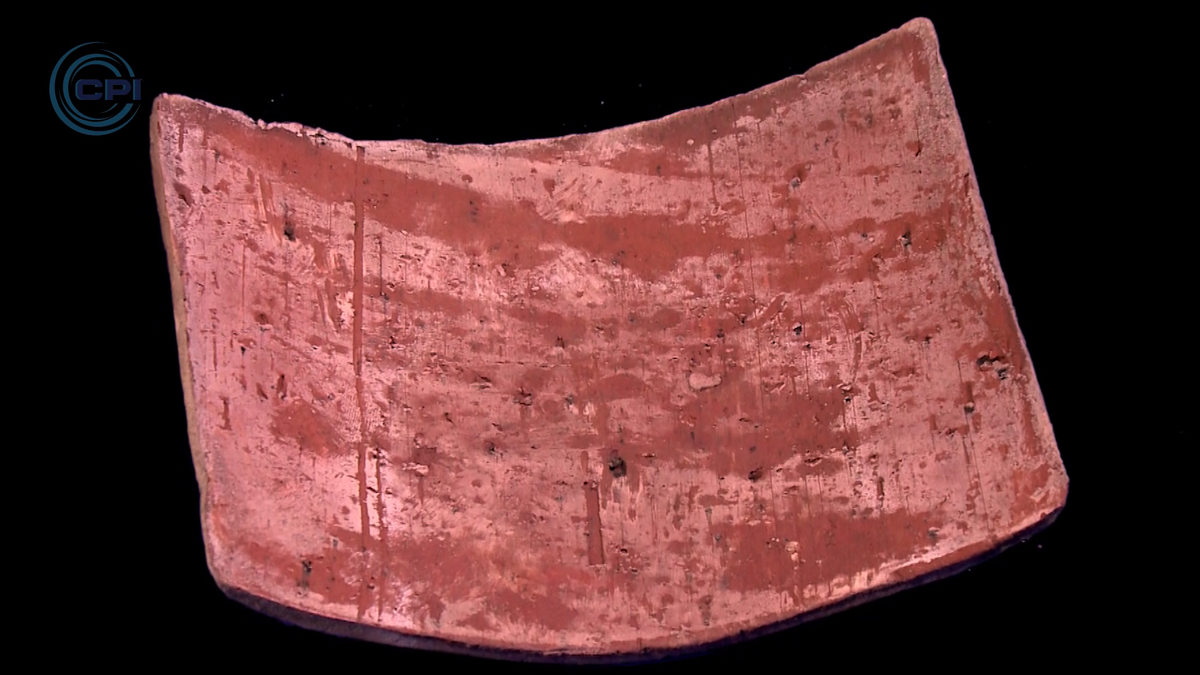
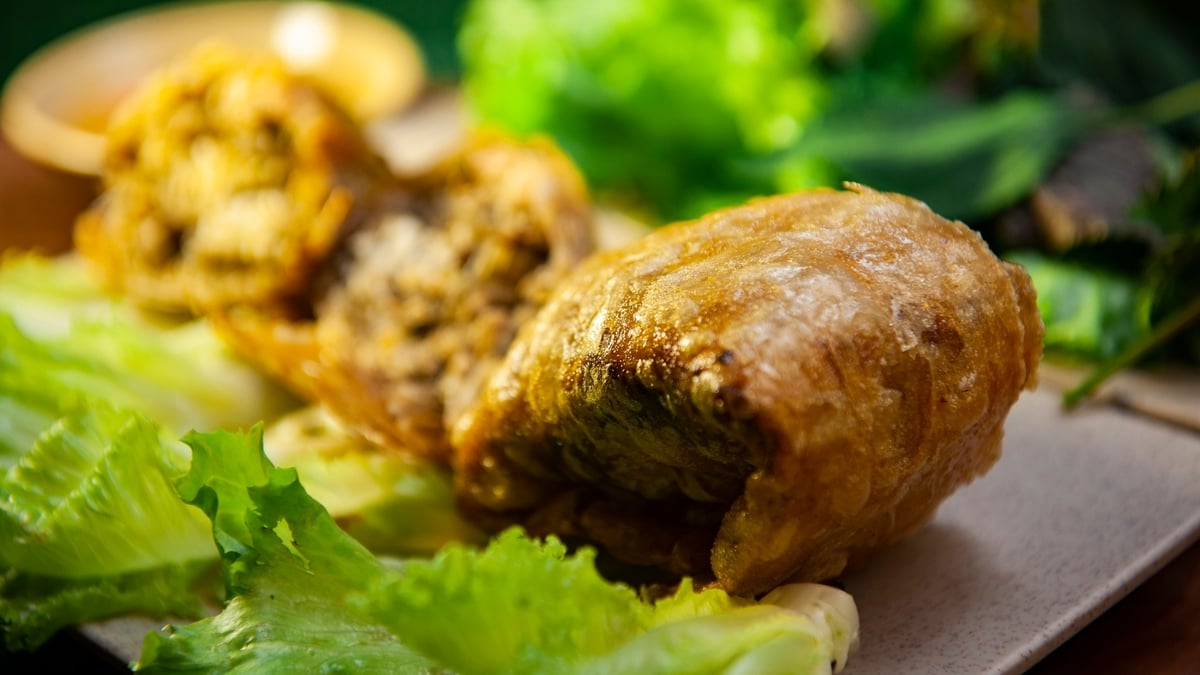
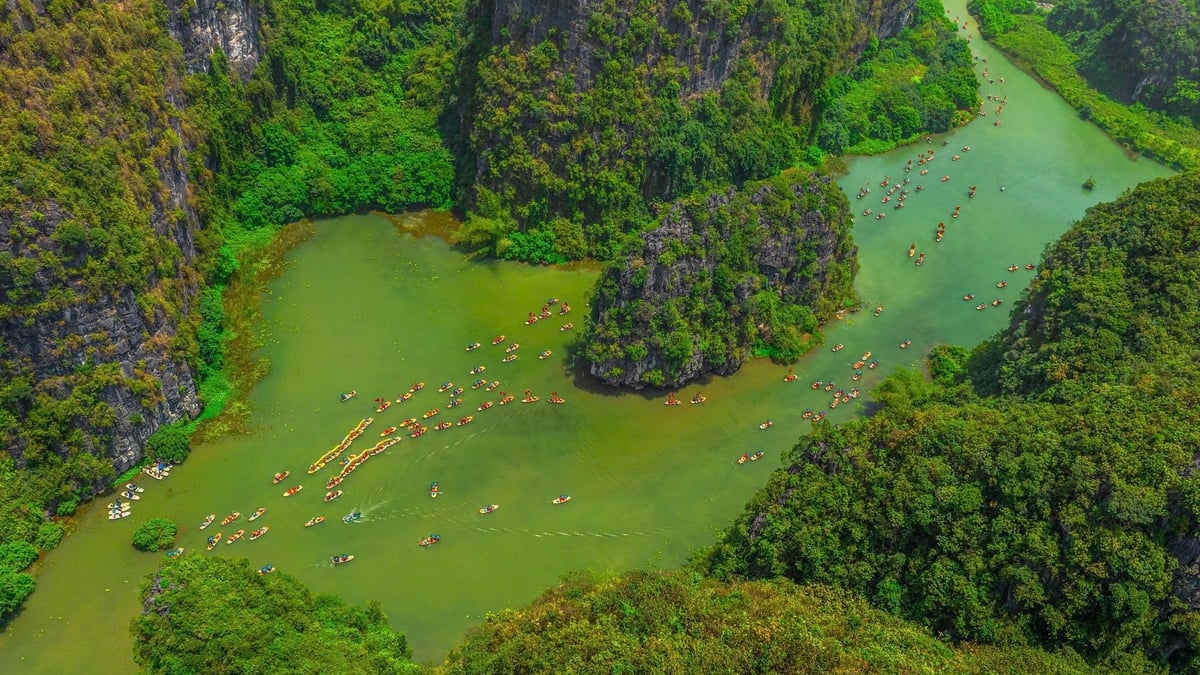
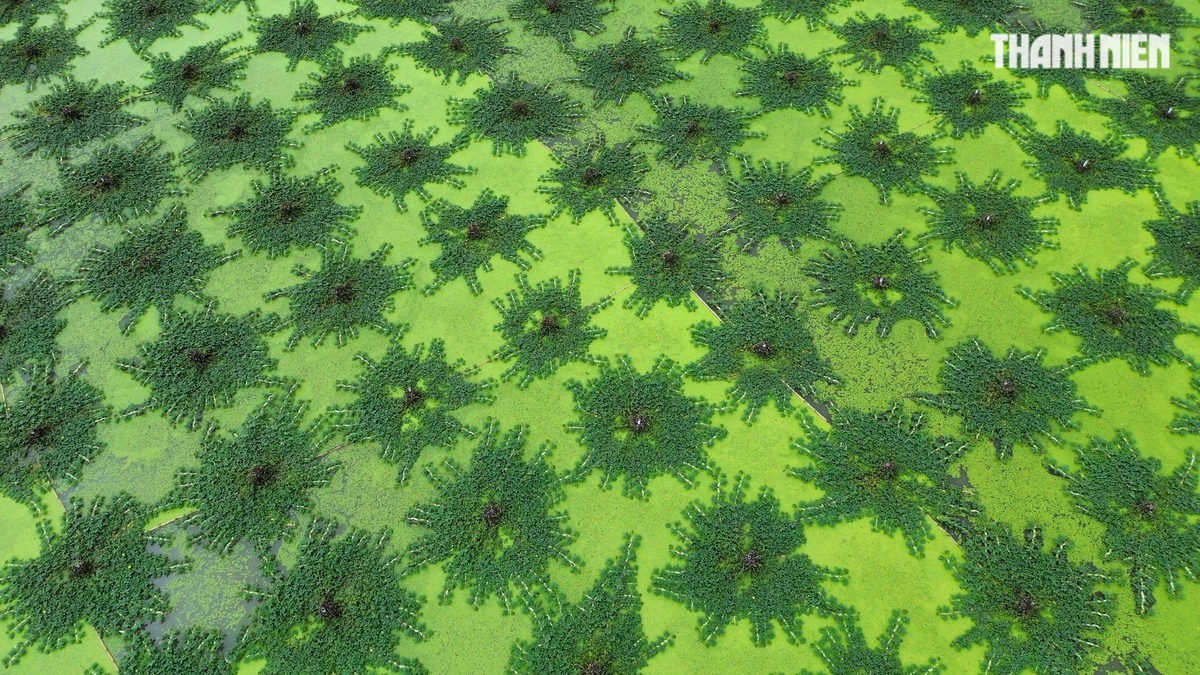
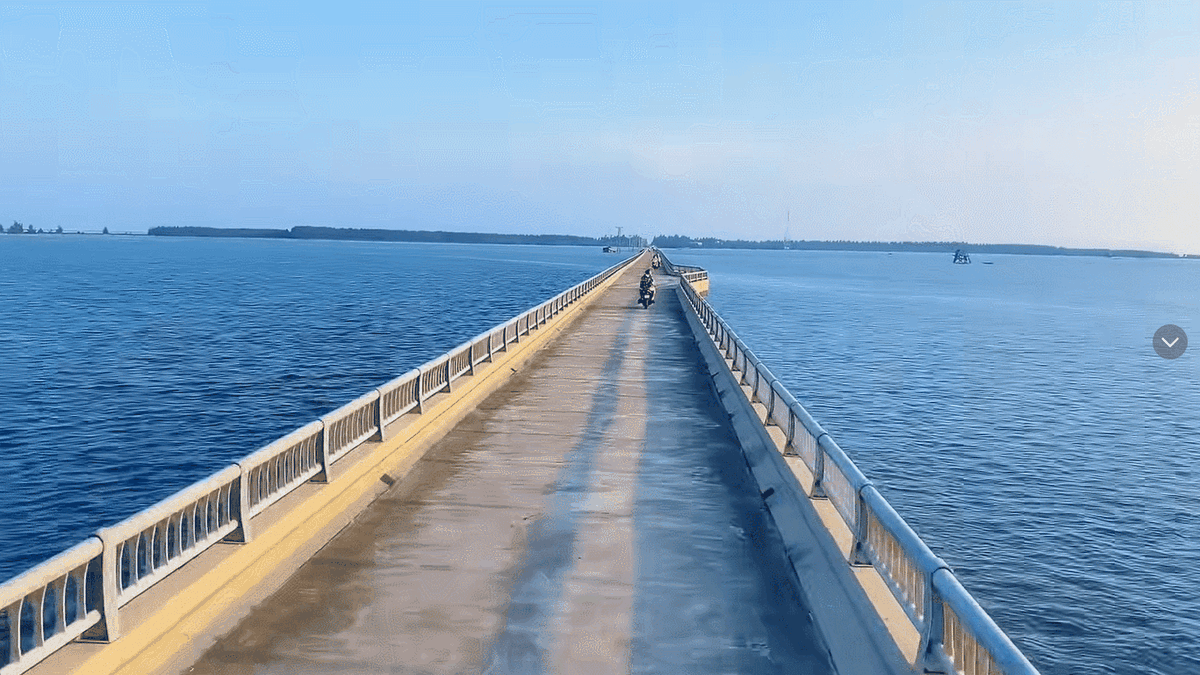
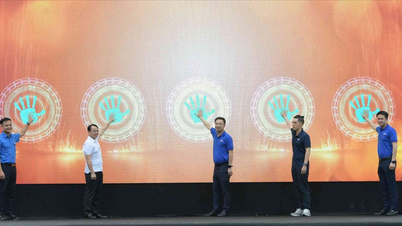
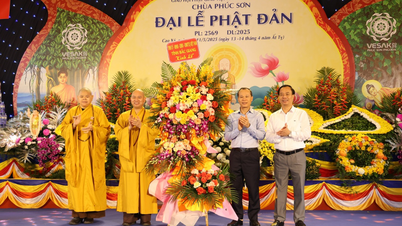
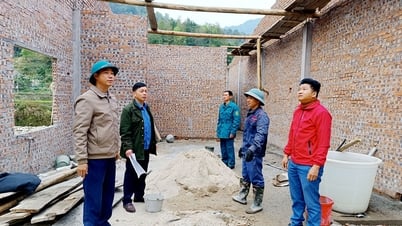

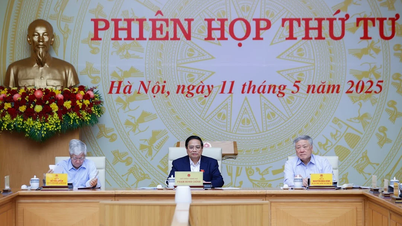
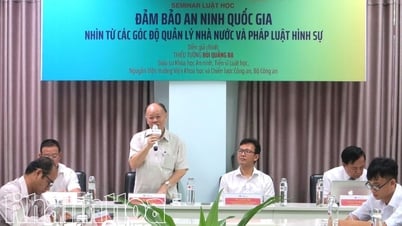




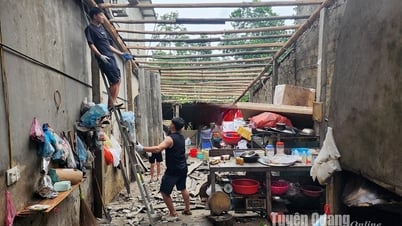
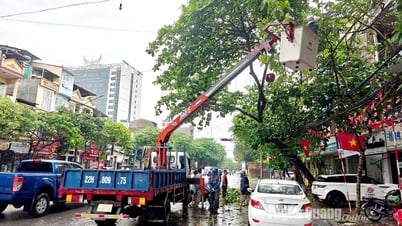
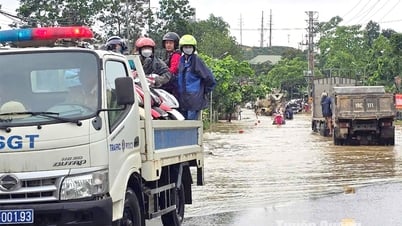
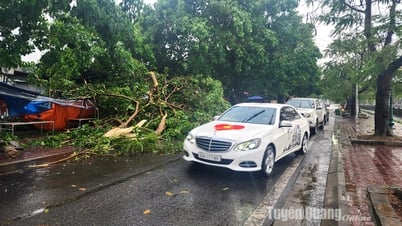
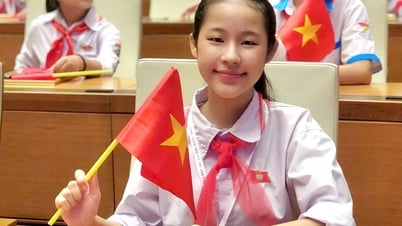
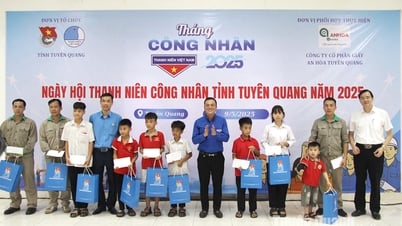
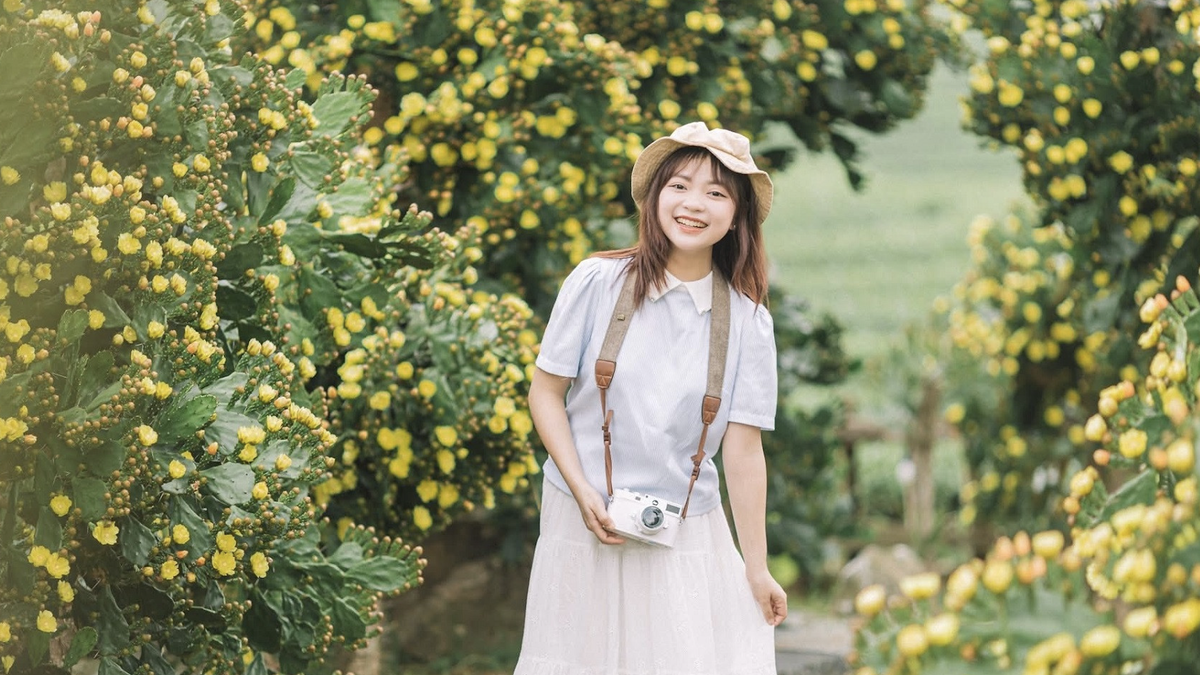
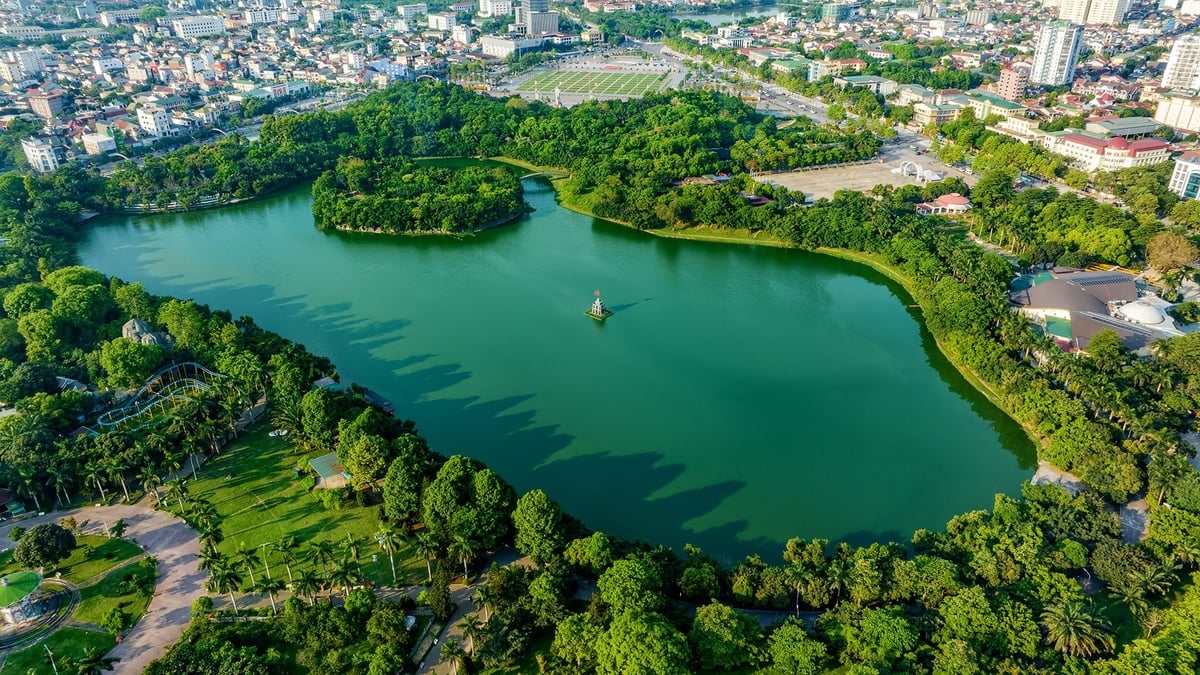










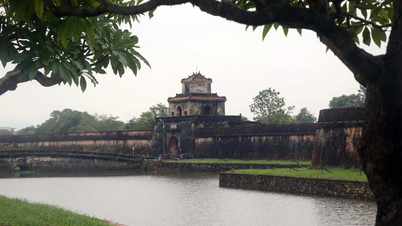



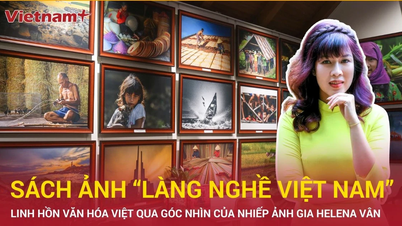

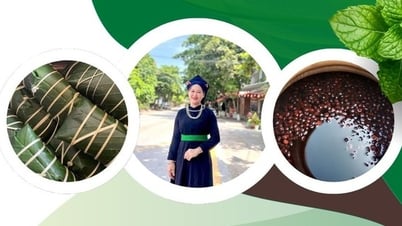



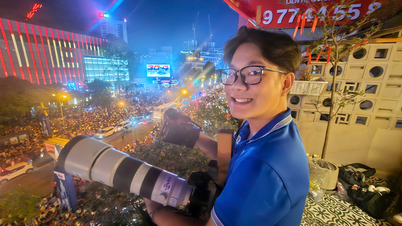

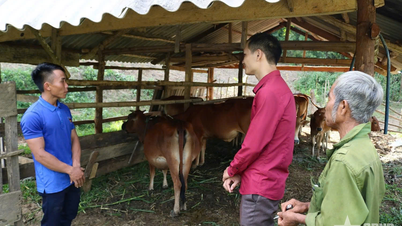









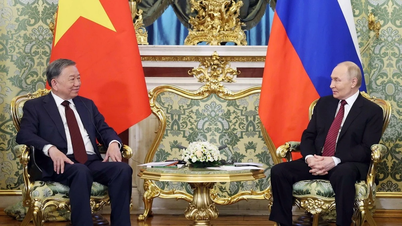
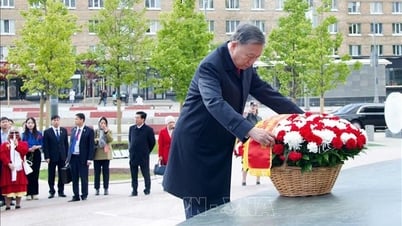
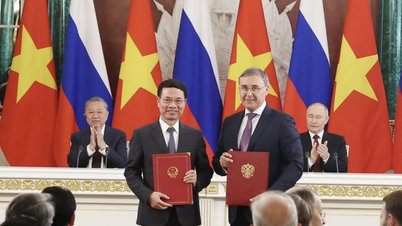

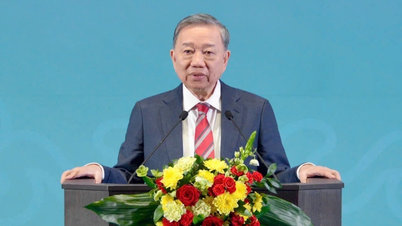
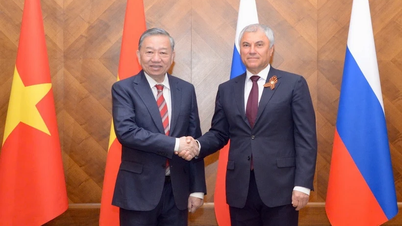











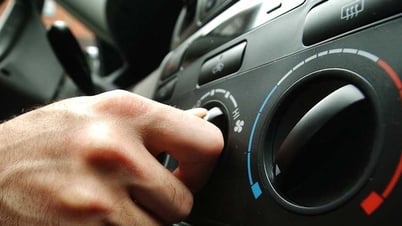


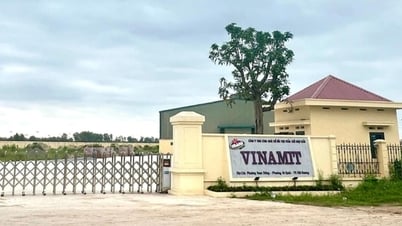














Comment (0)